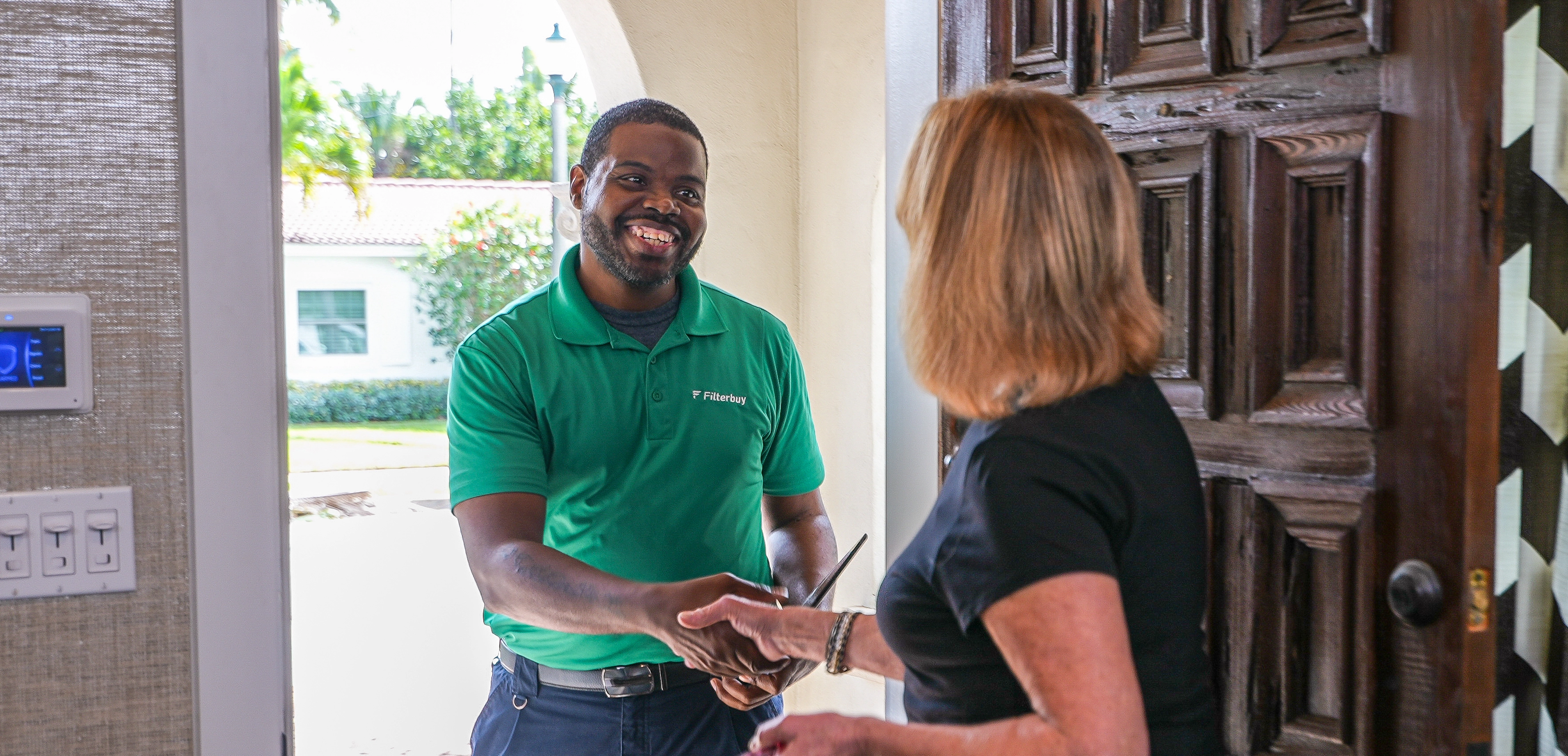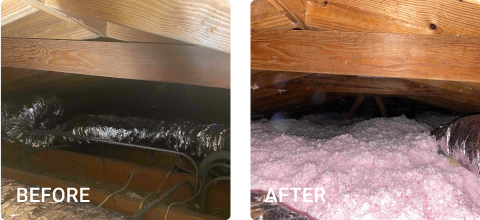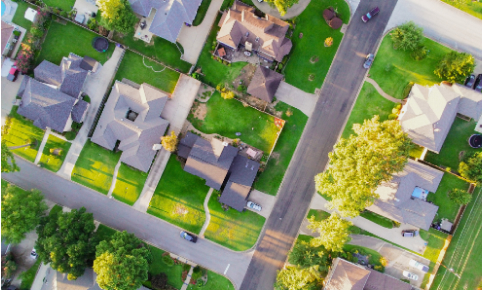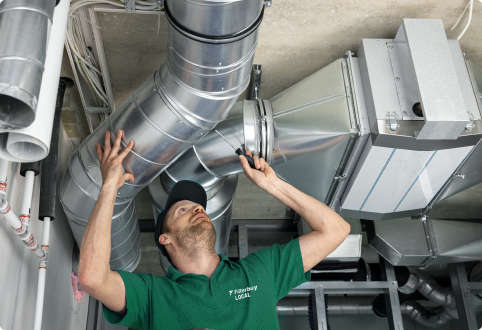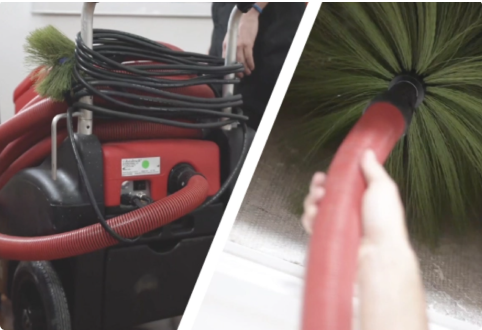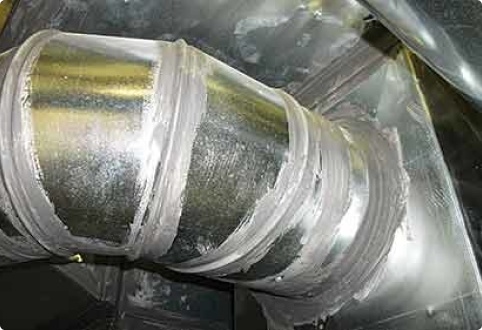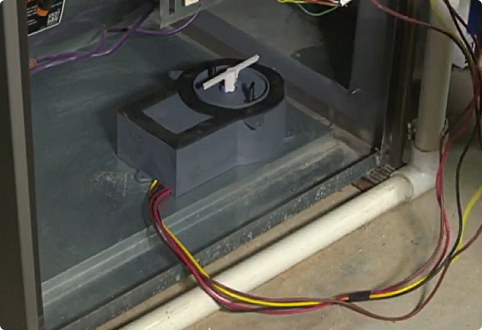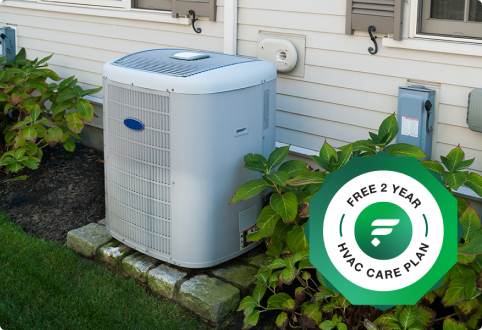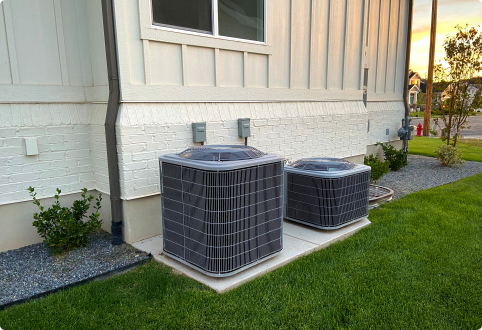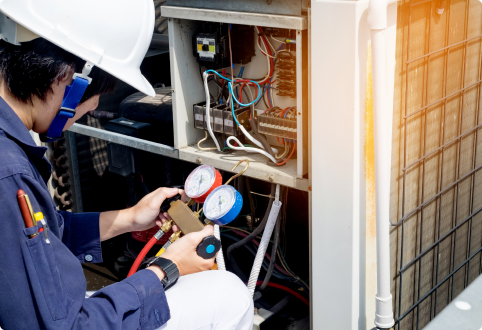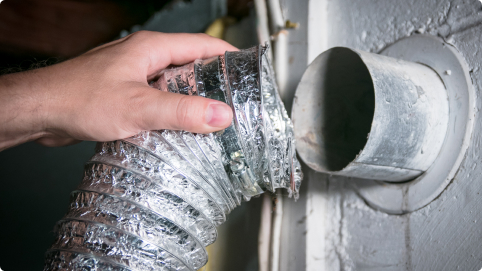Welcome to Filterbuy Local, the best attic insulation installation service company proudly serving in and near the greater Coral Springs, FL area. Please let us know how we can help solve your Coral Springs attic insulation installation needs with professional, affordable and fast residential and commercial HVAC services by getting a free online quote or by giving our friendly HVAC specialists a call. We look forward to hearing from you!
Attic Insulation Installation Services Coral Springs FL
Installing insulation in the attic is an important step for homeowners to consider. It helps create a comfortable living environment and can drastically reduce energy bills. Attic Insulation Installation Services Coral Springs FL offers a variety of services designed to help make this process easier. This article will discuss the advantages of using such services, as well as what they offer.
In order to understand why it is beneficial to use such installation services, one must first be aware of the benefits that come with having insulated attics. Properly installed insulation reduces noise between floors, prevents air leakage, keeps temperatures consistent throughout the home, and increases overall energy efficiency. Additionally, the proper installation also ensures that enough ventilation is available while avoiding potential moisture problems or health risks from exposure to fiberglass particles.
Attic Insulation Installation Services Coral Springs FL specializes in providing high-quality service at an affordable price. With experienced professionals on staff who are knowledgeable about regulations and best practices related to attic insulation installation, customers can expect professional results every time. The company offers a wide range of options when it comes to materials and techniques used in their installations so that clients can have peace of mind knowing their needs will be met efficiently and effectively.
Benefits Of Installing Attic Insulation
Installing attic insulation can provide numerous advantages to homeowners. Firstly, it helps reduce energy costs as the material is effective in trapping air and keeping interior temperatures steady regardless of the season or weather change outside. This results in lower electricity bills since the home's HVAC system does not need to work harder than necessary for cooling or heating. Additionally, having adequate insulation will protect against condensation and moisture buildup inside walls by reducing humidity levels. As a result, furniture, carpets, and other items are less likely to suffer any damage due to mold growth and mildew accumulation. Indeed, an insulated attic provides extra protection against water leaks that may occur during heavy rainstorms.
Furthermore, installing attic insulation also has environmental benefits, as fewer emissions from power plants will be released into the atmosphere when households use less energy for operating their respective HVAC systems. Moreover, this type of installation prevents heat loss through roofs, which would otherwise contribute towards global warming as energy sources are wasted unnecessarily. Finally, properly installed attic insulation can help improve indoor air quality as drafts do not enter living spaces anymore once gaps between floors and exterior walls are blocked off effectively. Consequently, occupants of homes where insulation has been added enjoy greater comfort with no cold spots present indoors during winter months. The next section discusses various types of attic insulation available on the market today.
Types Of Attic Insulation
Statistics indicate that nearly 80% of homes in the United States have inadequate insulation. Installing attic insulation can help homeowners reduce their energy costs, improve indoor comfort and create a healthier living environment by reducing drafts and airborne pollutants. For these reasons, it is important to understand which type of attic insulation best suits your needs.
Fiberglass batt or blanket insulation may be the most common form of insulating material used for attic installation services in Coral Springs FL. It comes in rolls or pre-cut lengths and comes with a paper facing that helps keep fibers from entering air ducts when installed correctly. This type of insulation provides thermal resistance and does not absorb moisture; however, its R-value decreases over time due to settling within an attic space.
Cellulose insulation is another popular choice made from recycled newspaper treated with fire retardant additives to increase its durability and effectiveness as an insulator. Cellulose works well as soundproofing material because of its dense composition while also providing superior coverage compared to fiberglass batts or blankets at similar thicknesses. However, cellulose has some drawbacks, such as being more susceptible to mold growth if exposed to dampness or condensation buildup within an attic space.
The next section will discuss factors to consider when choosing an insulation material. These include the R-value, cost considerations, ease of installation, and other performance criteria designed to ensure maximum protection against heat transfer in attics located in Coral Springs FL areas like Parkland and Coconut Creek.
Factors To Consider When Choosing An Insulation Material
Choosing the right insulation material is one of the most important decisions when it comes to installing attic insulation. Each type of insulation offers different benefits and has its own unique properties, so it's important to consider all factors before making a decision. The three main considerations are thermal performance, cost, and environmental impact.
Thermal performance refers to how efficiently an insulation material retains heat or cold air in your home. Different materials have varying levels of resistance to temperature change, which affects their overall efficiency as insulators. For example, fiberglass batting is considered a good general-purpose choice for many applications but can be less effective than other specialty products like spray foam which provides better coverage with fewer gaps that allow air infiltration.
Cost should also be taken into account when deciding on an insulation material because some may require more labor or additional equipment during installation. Additionally, some materials may come at an initially higher price tag but offer greater savings over time due to their superior energy efficiency qualities. It’s essential to weigh these costs against potential long-term savings from reduced heating or cooling bills before selecting a product.
Finally, the environmental impact should not be overlooked when choosing an insulation material because certain types use nonrenewable resources such as petroleum while others contain formaldehyde or other volatile organic compounds (VOCs) that could pose health risks if released into the atmosphere upon application and/or degradation over time. Alternative options include natural fibers like cellulose and recycled denim made from post-consumer waste products both of which offer certain advantages depending on the job requirements.
In order to determine what type of attic insulation best suits your needs, it is necessary to compare various options based on thermal performance, cost-effectiveness, and associated environmental impacts. Understanding these criteria will help ensure you make the most informed decision possible about the kind of protection needed for your home. With this knowledge in hand along with professional advice from experienced installers, homeowners can find confidence in selecting the optimal solution for their specific situation and budget constraints when considering attic insulation installation services in Coral Springs FL.
Cost Of Installing Attic Insulation In Coral Springs FL
The cost of installing attic insulation in Coral Springs FL can vary depending on the size and type of insulation being installed. For example, an average 2,000-square-foot home might require anywhere from 18 to 24 bags of fiberglass insulation at a cost ranging between $300 and $400 for materials alone. To illustrate this point more clearly, imagine filling your car with gas – it's not going to be cheap!
Fortunately, there are various professional installation services available in Coral Springs that offer competitive pricing:
* Professional installers often purchase larger quantities of material, which allows them to price their services lower than buying individual bags of insulation;
* They also have access to high-quality products such as blown-in cellulose or recycled cotton batting that offers greater protection against heat loss and air infiltration;
* The use of specialized tools like blowers eliminates manual labor costs associated with cutting and rolling out batts by hand;
* And finally, many contractors provide warranties covering up to 10 years for unexpected repairs due to moisture damage or mold growth.
These benefits make hiring a professional installer a smart investment when considering the overall cost savings over time. Not only will you save money upfront but you'll also enjoy improved energy efficiency year-round, along with peace of mind knowing that your new equipment is installed correctly. From assessing existing conditions, selecting the right product for your needs, and completing the job safely - professional installers ensure that every step is taken care of properly so you don't have to worry about any unforeseen problems later down the road.
Professional Installation Services Available In Coral Springs FL
Professional installation of attic insulation in Coral Springs FL is available from a variety of contractors. These contractors can provide quality services that include measuring the area to be insulated, calculating the amount of material needed, and properly installing the insulation. The most common type of insulation used for attics is fiberglass batt or roll insulation, which consists of fibers made from melted glass attached together with an adhesive. It has excellent thermal resistance properties and comes in different thicknesses depending on the R-value required by local building codes. In addition to fiberglass, other types of insulation such as cellulose and foam spray can also be installed in an attic.
When selecting a contractor for attic insulation installation in Coral Springs FL it is important to check their credentials and references carefully. They should have experience working with specific types of attic construction materials and should use high-quality products that meet industry standards. Additionally, they should be licensed, insured, and bonded to ensure safety during installation. Many contractors offer free estimates so homeowners can get an idea about how much their project will cost before making any commitments.
The overall performance of attic insulation depends on its ability to resist heat transfer through convection, conduction, and radiation effectively over time. To achieve this goal, installers must follow manufacturer instructions when applying the product according to local building code requirements. This ensures optimal performance while providing homeowners peace of mind that their investment was done right the first time around. With professional installation services available in Coral Springs FL, homeowners can rest assured knowing their home’s energy efficiency will be increased significantly due to proper attic insulation implementation. Moving forward into learning more about r-value and u-value explained provides further information on why these values are important aspects when selecting suitable attic insulation materials best suited for one's needs within the dwelling space itself.
R-Value And U-Value Explained
R-Value and U-Value are two commonly used terms when discussing insulation. R-value measures the ability of an insulating material to resist heat flow, while U-value measures how much energy is lost due to conduction through a barrier or surface. The higher the R-value, the greater the resistance; likewise, the lower the U-value, the less energy is lost through conduction.
Different types of insulation materials have different levels of R-values and U-values. For example, fiberglass batts typically have an R-value between 3.7–4 per inch (2 cm), whereas polyurethane foam can achieve up to 6 per inch (2 cm). Additionally, reflective foil insulation may reach values even higher than that with its multiple layers of aluminum foil bonded together by plastic films and adhesives.
The right type and amount of insulation for your home needs will depend on local climate conditions as well as other factors such as building size and construction type. A professional contractor should be consulted in order to determine which solution best meets your specific needs.
Tips For DIY Installation
DIY projects are often touted as a way to save money and enjoy a sense of accomplishment, but when it comes to attic insulation installation, amateur efforts could be more trouble than they're worth. While there’s nothing wrong with attempting an at-home project, there are certain details that should not be overlooked in order to ensure the job is done correctly. Before starting any DIY venture into insulating your attic space, consider these points:
Firstly, assess the current state of the insulation you have installed in your attic. Is it old or damaged? Has moisture caused problems like mold growth? If so, replacement may be necessary. Otherwise, if no major damage exists, then laying new layers on top of existing ones can help improve energy efficiency without needing a full overhaul. Additionally, check for proper ventilation - having enough air flow will prevent condensation from forming inside your home that otherwise would create moist conditions conducive to mildew and other health hazards.
Next look into which type of insulation material best suits your needs based on climate and budget considerations. Fiberglass batt rolls provide good value while cellulose blown-in works great in areas with extreme temperatures. Be sure also to choose one with high R-value (resistance) ratings as this indicates how effective its ability is for keeping heat out during summer months and trapping warm air indoors during wintertime.
Finally, select appropriate protective gear such as gloves, goggles, and respiratory masks before beginning work since dust particles may be released in some cases depending on what kind of materials are used for insulation purposes; especially if dealing with fiberglass rolls or foam boards where small fibers become airborne easily upon contact with skin surfaces. With all safety precautions taken care of ahead of time, now homeowners can start their own personal journey toward saving money through DIY attic insulation installation services!
Dangers Of Poorly Installed Or Deteriorated Insulation
The consequences of improperly installed or deteriorated insulation can be costly and dangerous. Poorly insulated homes are prone to large energy bills, uncomfortable living conditions, water damage, mold growth, pest infestations, and more serious health risks. It is important for homeowners to regularly inspect their attic insulation to ensure it is properly installed and in good condition.
Insulation that has been damaged by moisture may become soft and spongy. This type of insulation does not provide adequate protection against heat transfer and will need to be replaced immediately. Additionally, untreated mold growth on the attic floor joists can cause respiratory irritation when airborne particles are released into a home’s air supply system. Pest infestations such as rats or mice can further contribute to unhealthy indoor air quality due to droppings left behind in the insulation material and nesting areas within wall cavities.
Finally, poorly ventilated attics create an environment where temperatures can reach dangerously high levels during summer months; this increases the risk of fire if combustible materials are present in close proximity to electrical wiring systems. In order to avoid these potential hazards associated with poor installation or deterioration of attic insulation, regular maintenance should be performed by qualified professionals who have experience installing proper ventilation systems and inspecting existing insulation installations for safety concerns.
Maintenance For Attic Insulation
Once attic insulation is installed, homeowners should consider regular maintenance. This helps ensure the material retains its effectiveness and efficiency over time. It also ensures that any problems in the installation are identified quickly before they become major issues.
The first step of maintaining an attic insulation system is to inspect for signs of leakage or damage. Air leaks can occur if there are gaps between wall studs or improper sealing at vents and joints. A thorough inspection should be done once a year to identify any potential problem areas that need attention. Homeowners may also want to inspect their insulation periodically throughout the year as part of their overall home maintenance routine.
In addition, it is important to check for water accumulation on walls or ceilings near where the insulation has been installed, which could indicate condensation buildup inside the insulated space. If this occurs, ventilation may need to be increased or moisture added to reduce humidity levels around the area of installation. By taking these steps, homeowners can help ensure that their attic insulation remains effective over time and continues to provide energy savings into the future.
Regular inspections and maintenance can help maximize return on investment from attic insulation installations by ensuring optimal performance over time. Moving forward, rebates & incentives offered by utility companies can further incentivize such investments in energy-efficiency solutions like attic insulation systems.
Rebates & Incentives For Attic Insulation Installation
In some areas, homeowners may be eligible for rebates and other incentives when they install attic insulation. These incentives can help make the cost of installation more affordable. In Coral Springs, Florida, there are several local utilities that offer rebate programs to their customers who invest in energy-efficient home improvements such as attic insulation. The amount of the rebate will depend on the type and amount of insulation installed, as well as any additional efficiency measures taken by the homeowner. Additionally, state and federal tax credits may also apply to certain types of insulation installations.
It is important to research all available options before deciding which type of insulation is best suited for a particular home or situation. Factors such as climate, location, existing levels of insulation, and budget should all be considered before selecting an insulation product or contracted service provider. Additionally, many contractors provide free estimates in order to determine what kind of incentive may be available for a specific project. Consulting with a knowledgeable professional can ensure that homeowners get the most out of their investment in attic insulation installation services.
The initial upfront costs associated with installing new attic insulation can often be offset by long-term savings due to improved energy efficiency over time. By taking advantage of rebates and other financial incentives offered through local utilities or government agencies, homeowners can maximize these savings while making sure their homes remain comfortable year-round without skyrocketing utility bills.
Frequently Asked Questions
How Much Does It Cost To Insulate An Attic In Florida?
The cost to insulate an attic in Florida, specifically in Coral Springs, can range from $1.50 to $3.50 per square foot. The price may vary depending on the type of insulation used and the complexity of the installation. For a standard-sized attic, you can expect to spend between $1,000 to $2,000.
Which Insulation Is Best For An Attic In Florida?
In Florida, the best type of insulation for an attic is typically a radiant barrier or spray foam insulation. These types are particularly effective in the state due to its hot, humid climate. The radiant barrier reduces heat transfer, while the spray foam provides a high R-value and air-sealing properties.
Is Attic Insulation Worth It In Florida?
Attic insulation is definitely worth it in Florida. Proper attic insulation can significantly reduce your energy bills by keeping your home cooler in the summer and warmer in the winter. It also prevents moisture buildup, helping to protect your home's overall integrity.
Is R30 Insulation Good For Attic In Florida?
R30 insulation can be good for an attic in Florida, but it's not always the best choice. While it provides a decent level of insulation, Florida's hot climate may benefit more from a higher R-value like R38 or R60. The higher R-value provides better thermal resistance, keeping your home cooler.
Should I Remove Old Attic Insulation Before Adding New?
Whether you should remove old attic insulation before adding new depends on the current insulation's condition. If it's in poor condition or contaminated with mold, rodents, or insects, it should be removed. However, if it's still in good shape, you can often add new insulation on top to increase the R-value.
How Much Does It Cost To Insulate A 2500 Sq Ft Attic?
The cost to insulate a 2500 sq ft attic in Coral Springs, Florida, will range between $3,750 to $8,750, depending on the type of insulation you choose. Remember, professional installation is often a wise investment to ensure the insulation is installed correctly and safely.
Should You Vent Your Attic In Florida?
Yes, you should vent your attic in Florida. Venting your attic is crucial in hot climates like Florida to reduce the build-up of heat and moisture, which can lead to mold growth and damage to your roof. Proper attic ventilation can also help lower your energy bills by reducing the load on your air conditioning system.
How Thick Should Attic Insulation Be In Florida?
The thickness of attic insulation in Florida should be about 13 to 16 inches, depending on the type of insulation (cellulose, blown fiberglass, or fiberglass batt). This equates to an R-value of R38 to R60, which is the recommended level for attics in Florida by the U.S. Department of Energy.
Should I Spray Foam My Attic In Florida?
Whether or not you should spray foam your attic in Florida depends on your specific circumstances. Spray foam insulation can provide a higher R-value and better air sealing than traditional insulation types. However, it can be more expensive and requires professional installation. In Florida's hot climate, spray foam can be beneficial in reducing heat gain and improving energy efficiency.
What Are The Disadvantages Of Attic Insulation?
The disadvantages of attic insulation include the initial cost, potential for improper installation, and possible health risks if materials like fiberglass or cellulose are inhaled during installation. Additionally, some types of insulation can degrade over time or become less effective if they get damp or dirty.
Should You Insulate Your Entire Attic?
It's recommended to insulate your entire attic for optimal energy efficiency. This includes the attic floor, which prevents heated or cooled air from your living spaces from escaping, and the attic ceiling or roof, which prevents outdoor heat from getting in. However, insulating the entire attic can be costly and may require professional installation.
What Is The Life Expectancy Of Attic Insulation?
The life expectancy of attic insulation varies by type, but most kinds can last for 15 to 20 years with proper installation and maintenance. However, insulation may need to be replaced sooner if it becomes damaged or contaminated, or if you're upgrading to a type with a higher R-value. Regular inspections can help identify any issues with your insulation so they can be addressed promptly.
Here is the nearest branch location serving the Coral Springs area. . .
Filterbuy HVAC Solutions
2521 NE 4th Ave, Pompano Beach, FL 33064
(754) 484-4453
https://maps.app.goo.gl/Rbu9tZtv9K2DA1QS8

.webp)
.webp)
.webp)
.webp)






